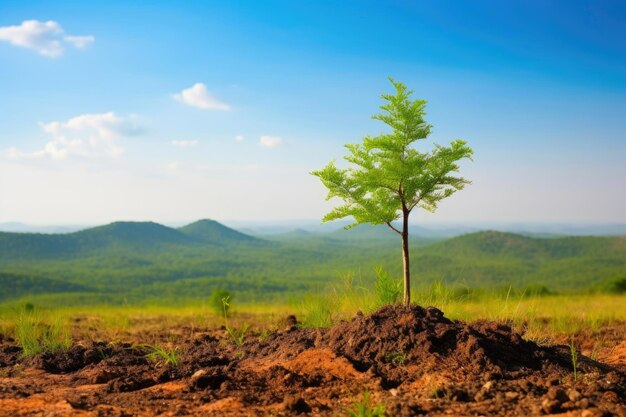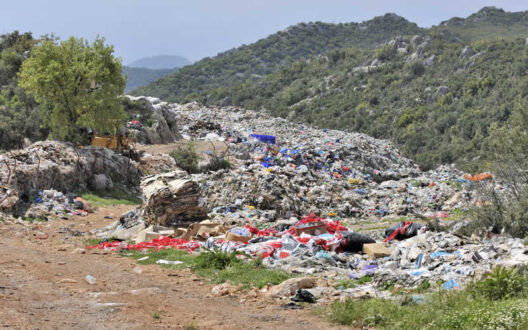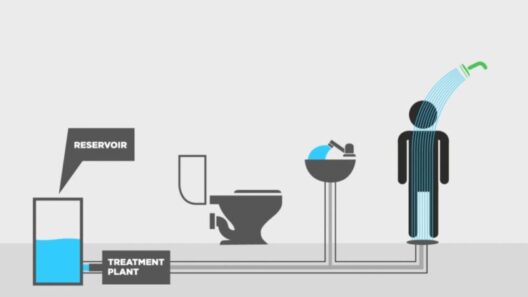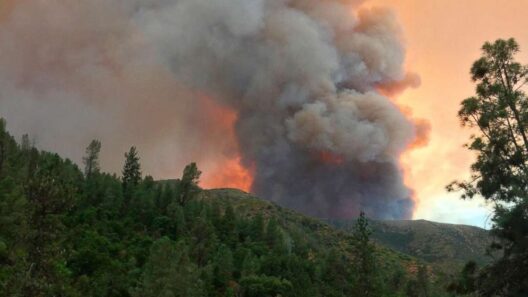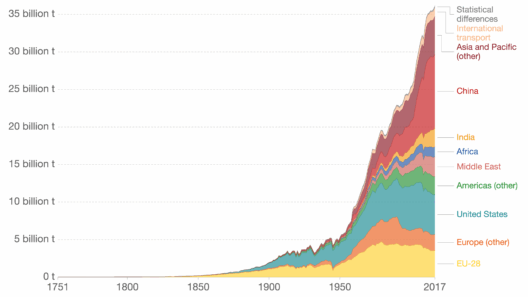Indonesia, an archipelago teeming with biodiversity, faces an urgent dilemma. Degradation of vast areas of its forests, attributed to logging and agricultural practices, poses a significant threat to its ecosystems and climate stability. However, a burgeoning movement focused on reforestation emerges as a transformative solution. As the nation grapples with the realities of climate change, one cannot help but ponder: can Indonesia’s reclamation of its verdant landscapes serve as a template for sustainable development globally?
Reforestation, the process of restoring degraded forested areas, transcends mere tree planting. It encompasses a holistic approach that revitalizes ecosystems, supports local communities, and sequesters carbon dioxide—an essential feat in combating climate change. Indonesia’s commitment to reforestation could herald a new era where economic development coexists harmoniously with ecological preservation.
The statistics surrounding deforestation in Indonesia are sobering. Once regarded as the world’s second-largest tropical rainforest, Indonesia has witnessed over 64 million hectares of forest loss since the 1990s. This staggering decline represents more than a loss of trees; it signifies the decimation of habitats, an increase in greenhouse gas emissions, and the erosion of indigenous cultures. Forests, often referred to as “the lungs of the Earth,” play an indispensable role in absorbing carbon and replenishing oxygen, making their preservation integral to combating climate change.
However, amidst the despair lies hope. The Indonesian government has set ambitious reforestation targets to combat deforestation and reverse the trends of ecological degradation. Initiatives such as the Moratorium on New Forest Conversion and the National Movement for Forest Restoration underscore the nation’s resolve to restore 12.7 million hectares of degraded land by 2030. These actions signify not only a commitment to environmental sustainability but also a recognition of the socio-economic benefits associated with healthy forests.
The promise of reforestation is palpable, particularly when examining its economic benefits. The sustainable management of forests can catalyze job creation, particularly in rural communities long reliant on logging. By pivoting towards agroforestry—an agricultural approach intertwining crops and tree planting—communities can cultivate diverse crops, improve food security, and enhance their livelihoods while reinstating the ecological balance.
Moreover, the global movement toward sustainable supply chains increasingly favors companies prioritizing environmentally responsible operations. By investing in reforestation, Indonesian businesses can align themselves with international corporations eager to support sustainable practices, thereby enhancing market access and competitiveness. This alignment paves the way toward a green economy that does not merely survive but thrives.
However, the effectiveness of reforestation efforts relies significantly on the inclusion of local communities, particularly Indigenous peoples, who possess invaluable knowledge of forest ecosystems. Recognizing their roles as stewards of the land is vital. Empowering these communities through land rights and involving them in reforestation initiatives allows for the incorporation of traditional ecological knowledge, which enhances biodiversity and ensures the longevity of reforestation efforts.
Furthermore, there is a growing trend towards participatory reforestation projects involving stakeholders at all levels. These initiatives, grounded in transparency and inclusivity, hold the promise of fostering local ownership and stewardship of revitalized landscapes. By nurturing a profound connection to the land, communities can cultivate reverence for their forests, aligning personal interest with environmental stewardship.
Education and awareness campaigns are essential components of fostering a renewed relationship between Indonesians and their forests. By enlightening future generations about the significance of reforestation and ecological preservation, sustainable practices can become deeply ingrained in the cultural fabric of society. Engaging youth through environmental education, experiential learning opportunities, and hands-on involvement in reforestation can cultivate a climate-conscious citizenry poised to advocate for a greener future.
As Indonesia strides forward in its reforestation journey, the role of technology cannot be overlooked. Innovations such as drone reforestation, geographic information systems (GIS), and remote sensing technology enhance the monitoring and assessment of reforestation efforts. These technological advancements allow for more efficient allocation of resources, ensuring that tree planting not only occurs but flourishes, contributing to the health of ecosystems and the mitigation of climate change.
However, the pathway to a verdant future is not devoid of challenges. The threat of climate change itself looms large, as rising temperatures and shifting weather patterns can undermine reforestation initiatives. This necessitates a resilient approach, one that anticipates and adapts to these changes while fostering biodiversity and ecosystem resilience.
In essence, Indonesia’s commitment to reforestation carries profound implications, extending beyond national borders. As the world collectively confronts the realities of a changing climate, the experience garnered from Indonesia’s reforestation initiatives can inform global practices. The interplay of environmental restoration, community empowerment, and sustainable economic growth stands as a beacon of hope that may guide nations grappling with similar challenges.
The vision of a robust, reforested Indonesia is not merely aspirational; it is attainable through concerted efforts, strategic collaborations, and a shift in perspective toward the intrinsic value of forests. By intertwining ecological health with social and economic strategies, Indonesia stands poised to emerge as a leader in sustainable development, setting a standard for others to emulate. As the world watches, the narrative of Indonesia’s green future unfolds, promising a resplendent return of its lush canopies, an inspiring testament to restoration, resilience, and renewal.



